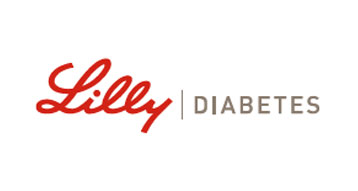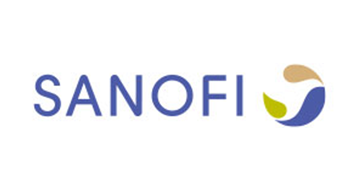The discovery of Insulin
Dr. Frederick G. Banting wakes up in the middle of the night with the idea for a novel experiment to isolate the internal secretion of the pancreas to treat diabetes. Banting had been reading about carbohydrate metabolism and diabetes.
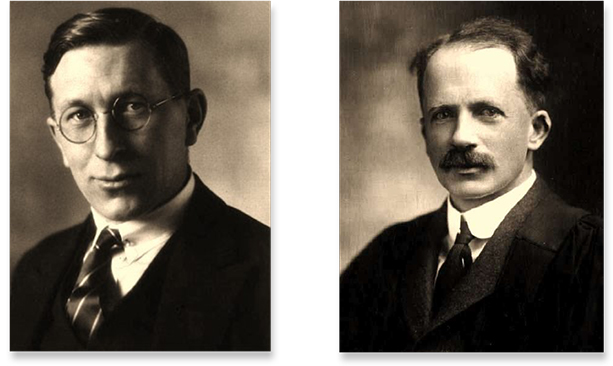
Banting meets with Dr. John J. R. Macleod, Head of Physiology at the University of Toronto, to speak about his pancreatic extract idea. MacLeod provides his support and agrees for Banting to begin his research at the University of Toronto in the Spring of 1921.
Banting leaves London, Ontario, for Toronto to begin his research. Macleod assigns Charles Best, a 4th-year student from his Honours Physiology and Biochemistry course, to assist him. Best assists Banting with the testing of blood glucose levels and nitrogen and glucose levels in urine.
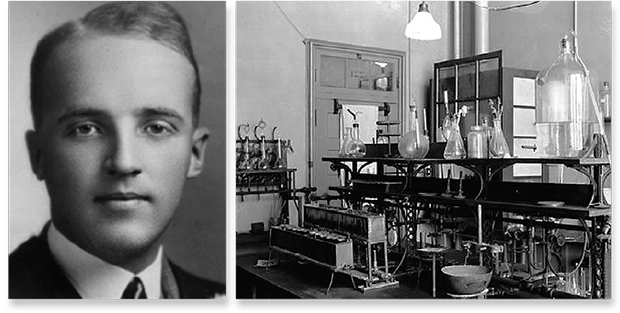
Banting and Best begin their experiments by performing pancreas removal and duct ligation procedures on dogs. Many attempts are unsuccessful with the dogs not surviving. By mid-June, two dogs that had their pancreases removed were healing, and seven dogs that had had duct ligation procedures were doing well.
Banting and Best proceeded to prepare their first pancreatic extract, using detailed instructions left by Macleod. Dog #410 is the first to receive an injection of the pancreatic extract. The extract has a clear effect but the dog falls into a diabetic coma and dies the next day.
Dog #408 receives an injection of the pancreatic extract, which successfully lowers its blood glucose. Banting and Best refer to their extract as “Isletin” for the first time.
Banting and Best present their research to the Journal Club of the Department of Physiology of the University of Toronto.
Banting and Best prepare an extract procured from the pancreases of foetal calves and successfully administer it to dogs, lowering their blood glucose levels. The extract can now be prepared more efficiently.
Banting and Best inject each other with small doses of their pancreatic extract, resulting in no harmful effects.
Two dogs are administered the pancreatic extract prepared with a new alcohol method intended to remove impurities in the extract.
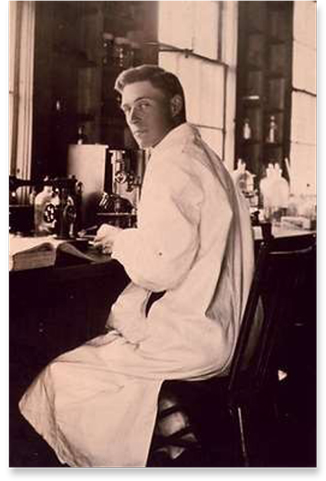
Macleod invites Dr. James Collip to join the research team to further the development and purification of the pancreatic extract.
Banting and Best test their pancreatic extract on Dr. Joseph Gilchrist, a fellow physician who was living with diabetes. They administer it through a stomach tube but it has no effect.
Collip uses a vacuum still to evaporate the alcohol from the extract solution. This extract works very well in reducing blood glucose levels in the dogs that it is administered to.
Banting delivers a paper about his research – “The Beneficial Influences of Certain Pancreatic Extracts on Pancreatic Diabetes” – at the 34th Annual Meeting of the American Physiological Society in New Haven, U.S.A.
Dr. John G. Fitzgerald, Director of the University of Toronto’s Connaught Laboratories, offers the Lab’s facilities along with $5,000 to help expedite Banting, Best and Collip’s work. Collip and Best are formally appointed to direct Connaught’s production operations in what would be known as the “Insulin Division.”
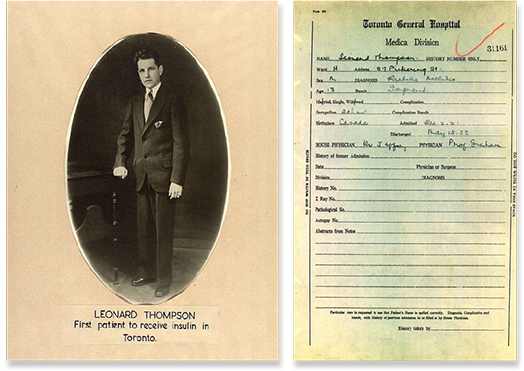
Banting and Best take a vial of the pancreatic extract to Toronto General Hospital and administer it to 14 year-old Leonard Thompson. The extract has a modest impact and causes an abscess to develop on one of the injection sites.
Collip discovers a precise limit in the alcohol concentration of the pancreatic extract that allows him to capture the internal secretion in the purest form yet seen.
Collip’s extract is administered to Leonard Thompson. It results in a sharp drop in blood glucose levels, without causing any abscesses or other side effects.
A research and development agreement is formalised between Banting, Best, Collip and Macleod and the University of Toronto’s Connaught Laboratories.
Dr. Gilchrist and six other people with diabetes at Toronto General Hospital are successfully treated with Collip’s extract.
Macleod calls the extract “insulin” for the first time, during a presentation delivered at the meeting of the Association of American Physicians in Washington D.C.

Jim Havens, the 22-year-old son of the vice president of Eastman Kodak, is given the first dose of insulin administered in the United States.
The University of Toronto reaches a formal agreement with Eli Lilly to launch a unique and intensive one-year exclusive partnership focused on developing large-scale insulin production methods.
11-year old Elsie Needham from Gait, Ontario, is the first reported case of a person with diabetes recovering from a diabetic coma as a result of the administration of insulin.
Banting, W.R. Campbell and A.A. Fletcher report in an article for the British Medical Journal that by the end of December 1922, 50 people with diabetes had been successfully with insulin at Toronto General Hospital, with ten revived from complete comas.
Banting, Best and Collip are awarded the American patents for insulin which they sell on to the University of Toronto for $1 each.
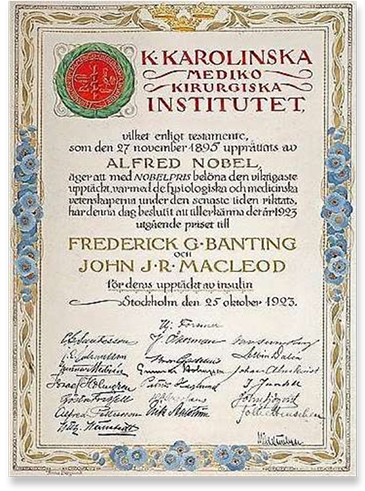
Banting and Macleod are awarded the Nobel Prize for the discovery of insulin.
The Insulin at 100 campaign is supported by

